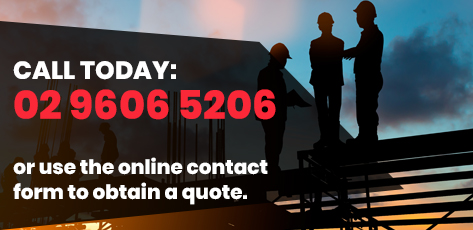What is Electrical equipment for hazardous areas (EEHA) maintenance ?
Common environments that require hazardous area electrical maintenance are ones where potentially explosive atmospheres may be present in the form of gases, vapours or combustible dusts. In this case, all electrical installations and maintenance work needs to be carried out in accordance with some additional technical standards other than AS3000.
This supplements the requirements for normal electrical work and ensures that the work is fit for purpose and safe.
These areas include, but not limited to:
Ex d equipment maintenance, such as flame path lubrication, checking that all bolts are the same.
Periodic static earth testing of all static control and equipotential bonding equipment, making sure there is a high integrity earthing system with low resistive connections.
Replace failed or unsafe electrical parts as per the equipment certification
Ex rated Lighting maintenance
Ventilation power and control systems forming part of an Ex v installation
Hazardous Area Verification Dossiers updates and amendments
Intrinsically safe circuit and apparatus auditing
Hazardous Area Electrical installation auditing
Electrical Installations in hazardous areas in Australia are controlled and legislated under the various state electricity acts as part of legislation controlling the installation of electrical equipment. The main technical reference for electrical installation in Australia is the Australian and New Zealand standard AS/NZS3000, commonly known as ‘the wiring rules’, which encompasses the hazardous area electrical installation requirements for explosive environments. Some electricity suppliers will not connect mains power to the site if there is no current, complete Hazardous Area Verification Dossier available.



